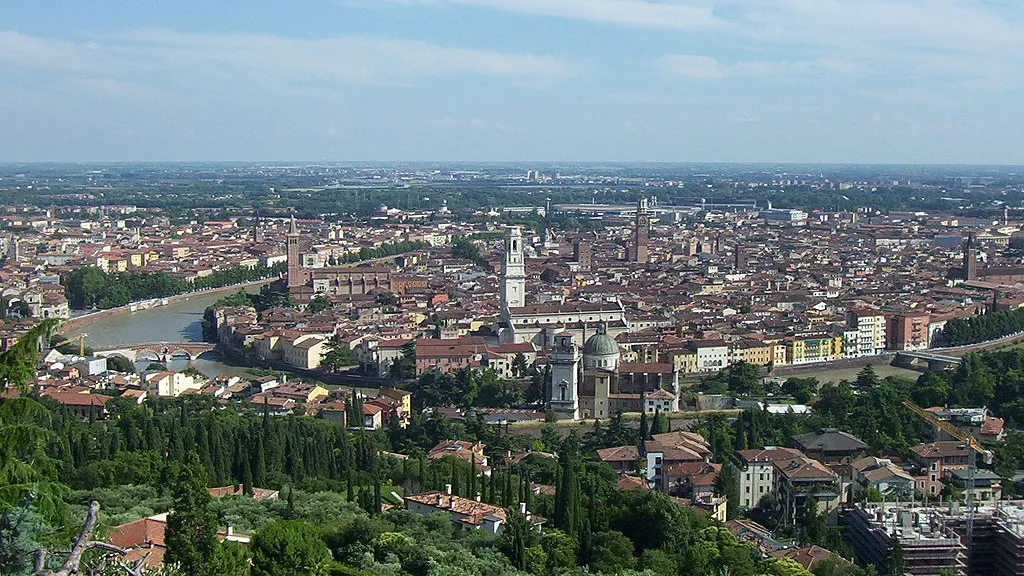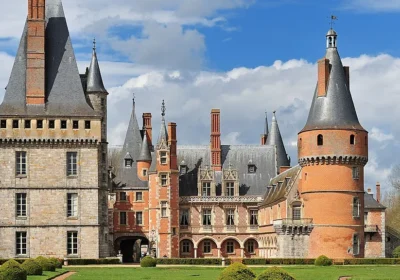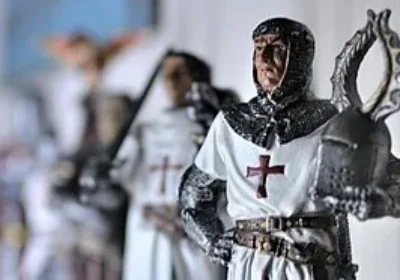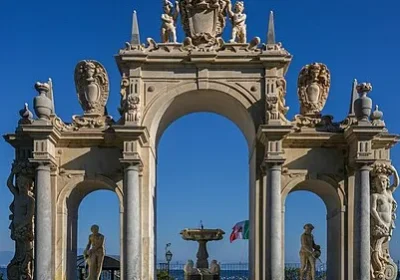Verona is one of the most beautiful cities in northern Italy, thanks to its privileged location and its European recognition, it is called the “Gate of Italy”. The first settlements were established here in the 4th century BC. The favorable geographical position on the Adige River was the strategic reason for the founding of the city. The most significant development of the city received from the middle of the I century BC, when it was included in the Roman Empire. Already in 148 BC there was a street Postumia-Via Postumia (modern avenue Cavour). Verona was actively built and took the form of a classical ancient Roman city: rectangular quarters were formed by a network of parallel and perpendicular streets.
n
After a period of numerous raids by northern tribes, including the famous Hun leader Attila, a new stage in the transformation and development of the city fell under the rule of the Scaliger family (or Della Scala) from 1269 to 1387, after the fall of the Scaligers, the city fell under the rule of the Visconti lords of Milan, and then in 1405 under the rule of the Venetian Republic of Serenissima.
n
Among the main attractions of the city is the construction of the Roman amphitheater (early I century after Christ), better known as the “Verona Arena”. It is 30 meters high and is framed by 72 arches. Since 1913 its stage has been hosting the world-famous lyrical opera evenings staged by the most famous directors of our time.
n
For the Orthodox pilgrim, the city is known for St. Zenovius, who lived in the fourth century and whose relics are in the basilica that bears his name. He was the eighth archbishop of the city of Verona. The basilica was laid out at the behest of the Frankish king Pipino between 805-806. The best architects of the time worked on its construction. Inside, it houses the famous Andrea Mantegna renaissance work “The Majesty of the Virgin Mary” from 1456-59.
n
On the banks of the Adige River rises the Basilica of St. Anastasios of Uzoreshitelitsa, who suffered in Rome in 304 during the persecution of Christians. It is the largest temple in the city, built entirely of fired brick. It was laid on the site of the original Christian church that bore the saint’s name. Therefore, when in 1290 Dominican friars began the construction of a new church in honor of their brother – the Holy Martyr Peter, the inhabitants of the city continued to persistently call the basilica by the name of St. Great Martyr Anastasia. The interior of the basilica is richly decorated with works of Verona masters. The main shrine of the temple is the work of the artist Antonio Pisanello “St. George defeats the dragon and frees the daughter of the ruler”.
n
Another church in Verona bears the names of two saints Fermo and Rusticus of Bergamo, who suffered for the faith in 304. A church was founded on the site of the martyrdom of the two saints in the 5th century. Over time, the church was rebuilt and acquired the form of a two-tiered church. Many famous artists created in this temple.
n
And of course Verona is famous as the city of love, thanks to Shakespeare’s immortal play about the tragic love of Romeo and Juliet. The tour route always passes through the courtyard with the famous “Juliet’s balcony”.
n

















